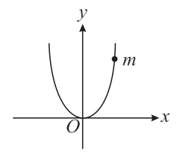Figure shows a wedge of mass resting on a frictionless floor. A block of mass is kept on the wedge and the wedge is given an acceleration of towards right. Then



Important Questions on Laws of Motion
A triangular block of mass rests on a smooth surface as shown in figure. A cubical block of mass rests on the inclined surface. If all surfaces are frictionless, the force that must be applied to so as to keep stationary relative to is
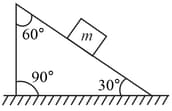
A block of mass resting on a wedge of angle as shown in the figure. The wedge is given an acceleration a towards left. What is the minimum value of due to external agent so that the mass falls freely?
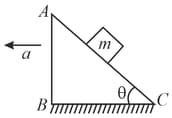
The moment of inertia of the pulley system as shown in the figure is The radii of bigger and smaller pulleys are respectively. As the system is released from rest, find the angular acceleration of the pulley system. (Assume that there is no slipping between string & pulley and string is light)
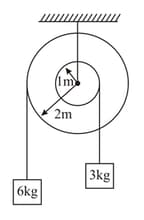
Four massless springs whose force constants are , respectively are attached to a mass kept on a frictionless plane (as shown in figure). If the mass is displaced in the horizontal direction, then the frequency of the system,
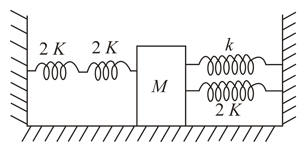
A fixed wedge with both surfaces inclined at to the horizontal as shown in the figure. A particle of mass is held on the smooth plane by a light string that passes over a smooth pulley and attached to a particle of mass which rests on the rough plane. The system is released from rest. Given that the acceleration of each particle is of magnitude then
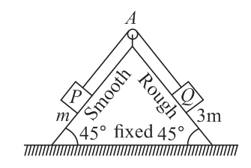
the tension in the string is :
In the arrangement shown mass of the block and are and, respectively. Surface between and floor is smooth. The block is connected to block by means of a pulley. If the whole system is released then the minimum value of the mass of the block so that the block remains stationary with respect to is: (Coefficient of friction between and is and pulley is ideal)
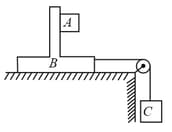
A bead of mass is located on a parabolic wire, equation( ) with its axis vertical and vertex directed downward as shown in the figure. If the coefficient of friction is , the highest distance above the x-axis at which the particle will be in equilibrium.
